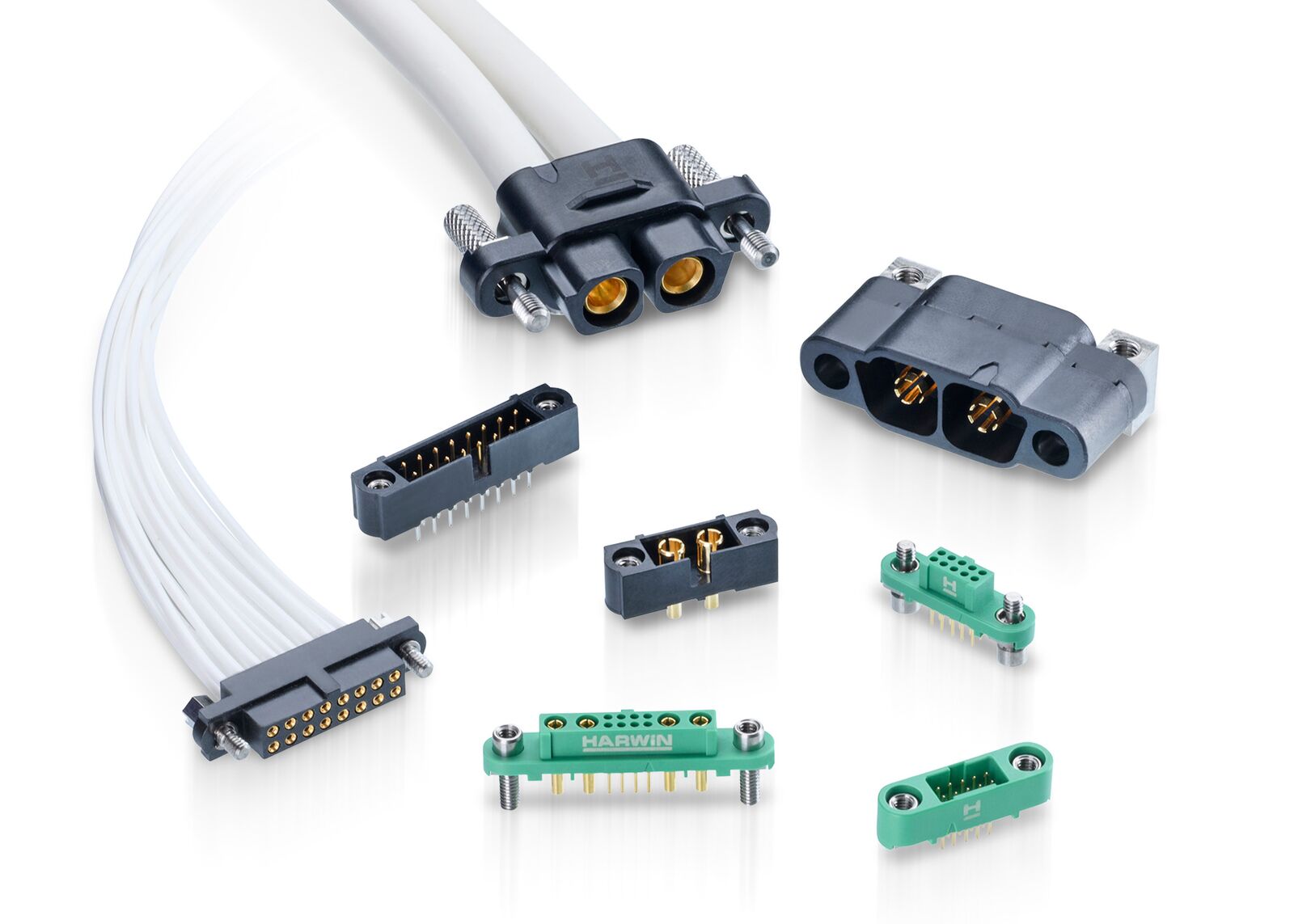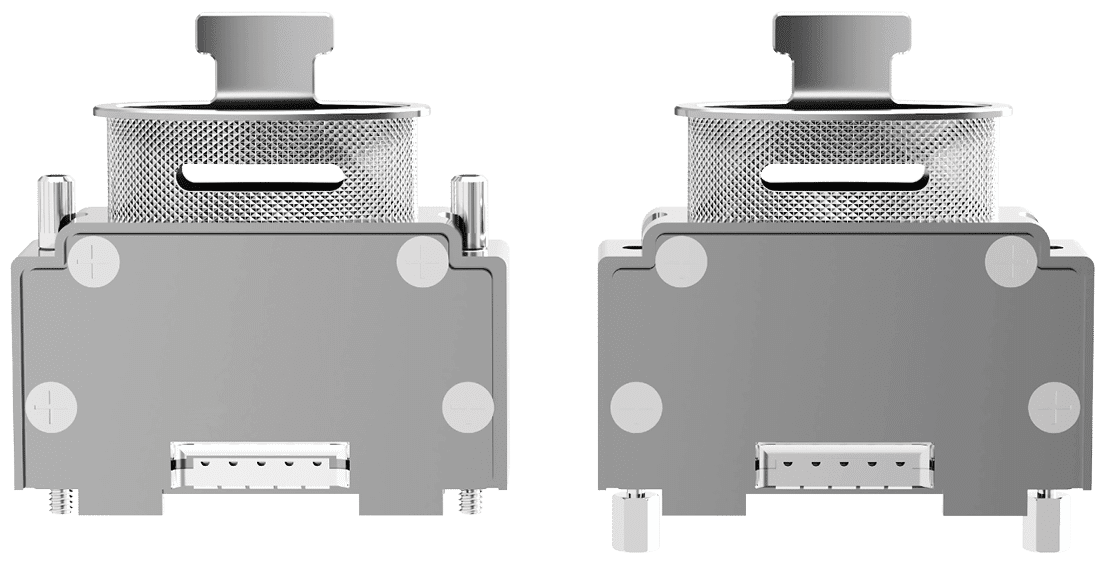Design Considerations for Space-Deployed Satellite Hardware
From tiny CubeSats to SpaceVPX satellites, the night sky is full of new constellations. Selecting components that can handle launch stressors, radiation, extreme temperatures, and other space challenges is essential to the mission.

In the past three years alone, so many thousands of satellites have been launched into orbit that it’s difficult to gaze into the night sky without seeing one — or an entire constellation of them — cruising overhead. According to the Index of Objects Launched into Outer Space, maintained by the United Nations Office for Outer Space Affairs (UNOOSA), 11,330 individual satellites were orbiting the Earth at the end of June 2023, a 37.94% increase since January 2022. This equipment comes from at least 80 nations around the world and almost half of them come specifically from SpaceX; the company’s Starlink internet satellites are forming an increasingly tight mega constellation around the Earth. The V2 Starlink devices weigh in at 1,760 pounds (800 kilograms) each and SpaceX plans to launch as many as 42,000 of them into orbit, where they form highly visible, rapidly moving strings of light.
On the smaller side, SmallSats (the size of a microwave oven) and CubeSats (the size of a Rubik’s Cube) are making a more subtle impact while delivering vital data. NASA’s tiny CAPSTONE satellite is conducting navigation research in advance of the Artemis program’s planned return to the Moon in the coming years. Weather agencies are using small satellites to study storms on Earth to provide more accurate forecasting. And Russia is considering using CubeSats to beam advertisements across the sky to target populations on Earth. Like it or not, the heavens will never be the same, and in terms of satellite activity, will see continuous changes.
The Starlink satellites only function for about five years, although some satellites last for as long as 15 years. The rocket-enabled launch process and the harsh environment of orbit place stress upon the equipment and they ultimately run out of fuel. However, future systems may last longer; advancements in space-grade hardware, including interconnects, are enabling more durable satellite designs. Several essential requirements come with space hardware implementation.
“Connectors and other components must be able to cope with deployment into the challenging application environment. They should always be constructed from highly durable materials. Once in space, of course, the repair or replacement of components is not possible, so long-term reliability has to be completely assured with the risk of failure being kept to an absolute minimum,” said Harwin’s John Brunt, product manager, HRi Connectors. Harwin’s products can be found within all aspects of the space industry, including commercial satellite communication constellations, which use commercial-off-the-shelf components. “Recent projects we’ve been involved in include GAUSS, where multiple CubeSats are launched together on each mission, and 4Links, which is an on-board computing platform being employed in numerous CubeSat designs. Satellite constellation projects include ones that we have done in collaboration with Gomspace.”
Brunt says connector selection considers every phase of a satellite’s lifespan, beginning with the mechanical stresses that occur during launch. “Strong shock and vibration resilience are very important to factor into their design. Even after launch, small satellites experience high G forces when being ejected from their launchers. There is also the possibility of them being hit by ‘space junk’ once in orbit.”
Outgassing is another issue that must be considered. “Here, gas that has previously been absorbed into constituent materials can be released when under near-vacuum conditions. It can cause sublimation and evaporation — phase transitions of a substance into a gas, desorption, plus seepage from cracks or internal gaps. This will then introduce contaminants into the equipment, which could result in sensitive electronic devices having their performance impaired or even malfunctioning,” he said. “Both NASA and the European Space Agency (ESA) provide recommended maximum volume levels of outgassing for materials used in their space applications. When specifying connectors, it should be checked with the manufacturer that its materials do not exceed these levels.”
A vacuum or partial vacuum will affect the maximum voltage ratings of connectors too, said Brunt. Flashover situations will occur at a different voltage depending on the density of air molecules, so knowing connectors’ voltage ratings at low air pressures is advised. Space-deployed hardware is also exposed to temperature extremes. “Satellites in geostationary orbits, for example, will be subject to constant thermal cycling of their outermost layers. This is less of an issue if the electronics are buried deep into the center of a spacecraft, as the direct thermal effects will be much lower. With a CubeSat measuring just 10 cm across however, thermal cycling of all components is certain to be a concern. Connector specifications should be studied to confirm the maximum and minimum temperature range during operation, not just soldering heat resistance. Additional testing relating to thermal soak — sometimes listed as high temperature, long term, or temperature life — and thermal cycling should be looked for.”
 In high vibration environments, connectors need to be effectively secured not only to the board but also to the corresponding mating halves. Fixings (either latches or screws) should be used to mitigate the risk of problems during the rigors of launch. When considering board real estate, latches typically occupy less room. Harwin Datamate and Gecko HRi connectors are available with jackscrew fixings as well as latched versions.
In high vibration environments, connectors need to be effectively secured not only to the board but also to the corresponding mating halves. Fixings (either latches or screws) should be used to mitigate the risk of problems during the rigors of launch. When considering board real estate, latches typically occupy less room. Harwin Datamate and Gecko HRi connectors are available with jackscrew fixings as well as latched versions.
In small satellite form factors, saving space and weight is essential; “It is an expensive business getting hardware into space,” said Brunt. “Having right-angle configuration connectors can be beneficial for space-limited CubeSat designs. This allows connectors to be situated on the edge of boards, with cabling kept on the outside. As a result, boards can be stacked closer together, since space does not have to be left between them for fitting cabling in. Another space-saving technique is to use panel-to-panel connector mating. This means that the connectors are mated without the need for a cable interface. Cables add additional weight and cost to a system, so avoiding their inclusion will be beneficial.”
Harwin recently launched compact connectors in its high-power Kona range, and Brunt says the company is already seeing uptake in space system designs. The new space race is making an impact across the interconnect world. Other connector companies are designing for satellites or acquiring companies with expertise in the area. This year Trexon acquired 603 Manufacturing. “603’s products enable crucial technologies driving key megatrends, particularly in commercial space, focusing on avionics for rocket engines, and cutting-edge harnesses for satellites,” said Trexon CEO and President Mark Twaalfhoven.
Miniaturization is key to minimizing payload. Omnetics Connector Corporation offers high-reliability nano- and micro-D Subminiature interconnects for launched equipment.
Omnetics Connector Corporation has been a longtime presence in the satellite market, with a particular focus on CubeSats. Omnetics has manufactured many different configurations for cube satellite applications. “In most cases, they have used nano or hybrid-style connectors with the cables. Their housing finishes are different from those for ground-based applications; some can be gold-plated, while stainless may also be used for radiation resistance. Flex circuits may have additional layers of shielding on the top and bottom of the traces,” said Travis Neumann, special project manager at Omnetics. “Shock and vibration are important considerations to keep in mind, at least until the satellite is in space. Once there, the main consideration becomes temperature fluctuations, which are generally more extreme: very cold when in the Earth’s shadow or very hot when in line of sight of the sun. Omnetics applies different encapsulants for different environments.”
Positronic also has a strong presence in space. The company recently launched its EL Series aluminum backshells to meet the stringent requirements set forth by NASA. Suitable for both aerospace and spaceflight applications, these components were designed with the severe size and weight limitations inherent to spaceflight in mind, making the backshells both lightweight and low profile. The EL Series backshell features a banded top elliptical entry, knurled with tie wrap; a grounding strip and conductive gasket; beryllium copper grounding clip; stainless steel passivated screws and jackscrews; and a metal construction that offers EMI protection. The backshells are also re-openable.

Positronic’s EL Low-Profile Aluminum Backshell Series is suitable for performance in operating temperatures between -60°C and +204°C. Available in sizes 9, 15, 25, 37, 50, and 104.
As humans look beyond Earth for answers to our growing problems, satellites provide eyes on the planet and solar system from above — made possible by small interconnects that are ready for the harsh realities of life in space.
To learn more about the Preferred Suppliers mentioned in this article, visit the Preferred Supplier pages for Harwin, Omnetics Connector Corporation, and Positronic,
Like this article? Check out our other How to Specify, Mil/Aero Market articles, and our 2023 Article Archives.
Subscribe to our weekly e-newsletters, follow us on LinkedIn, Twitter, and Facebook, and check out our eBook archives for more applicable, expert-informed connectivity content.
- Where in the World is Amphenol LTW’s Luc Kan? - April 23, 2024
- TE Connectivity’s Sustainability Efforts Pay Off - April 23, 2024
- What is a VGA Connector? - April 23, 2024





